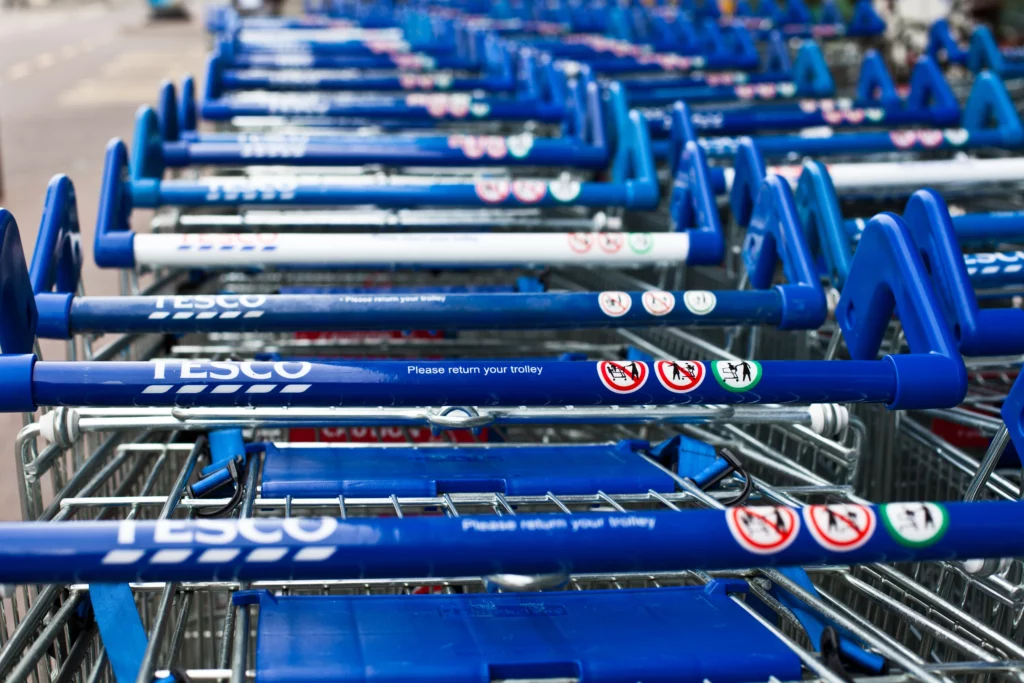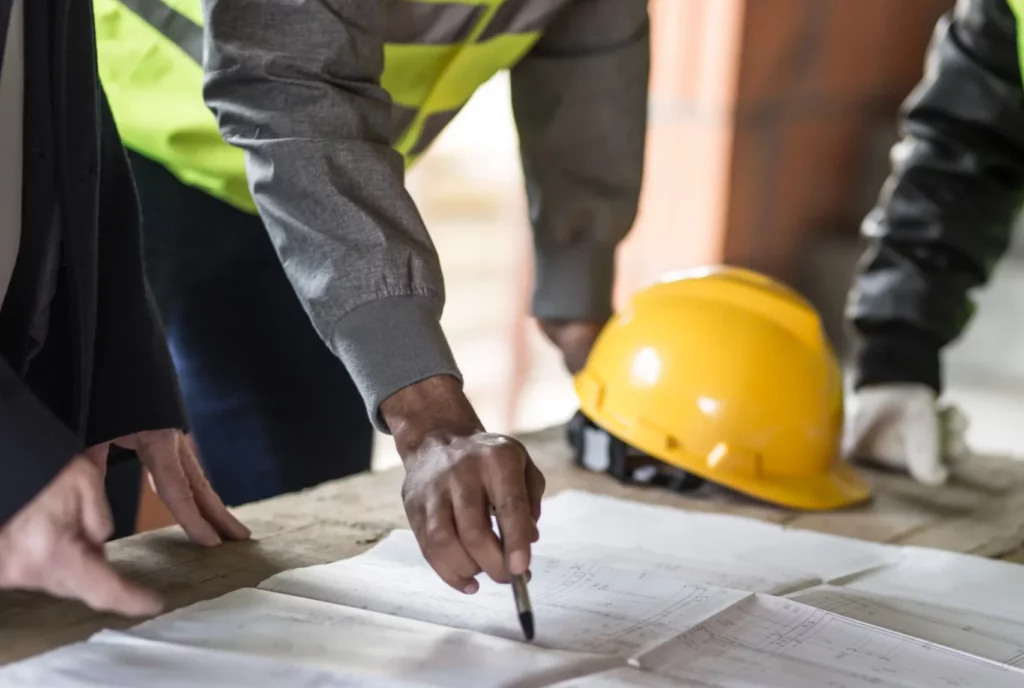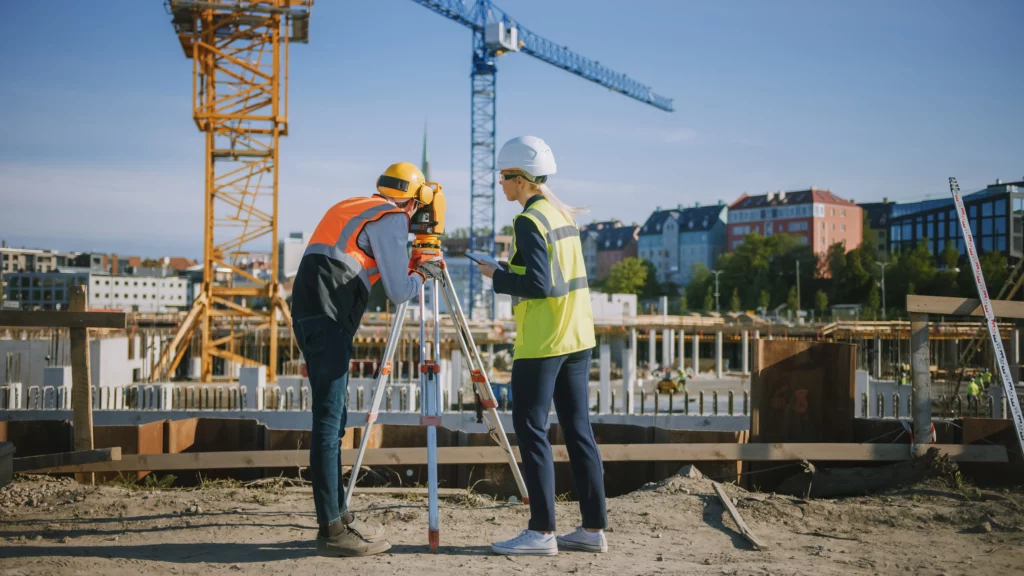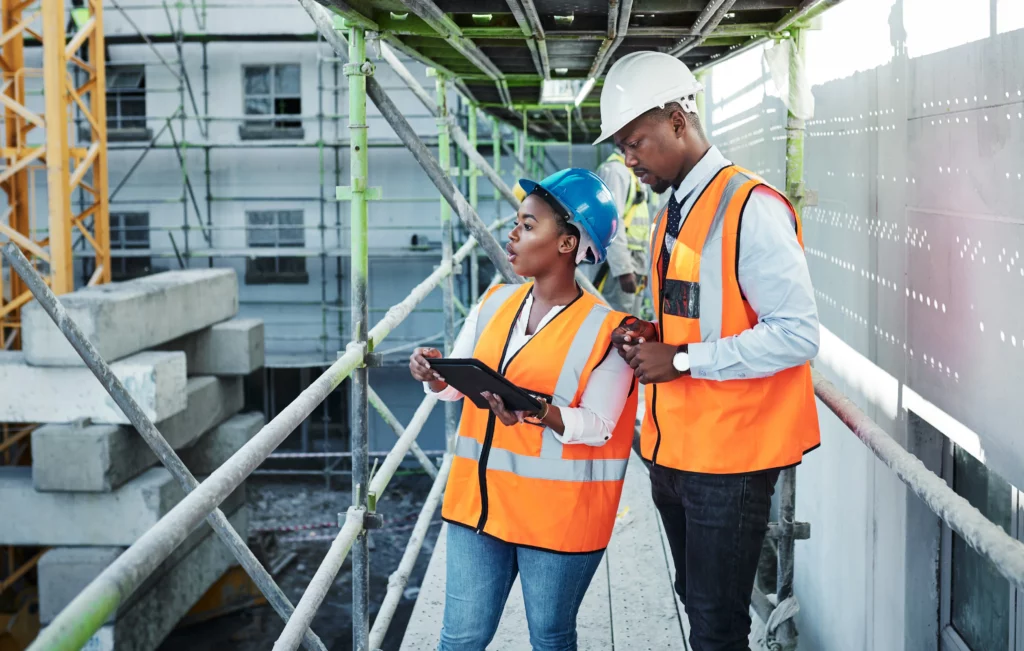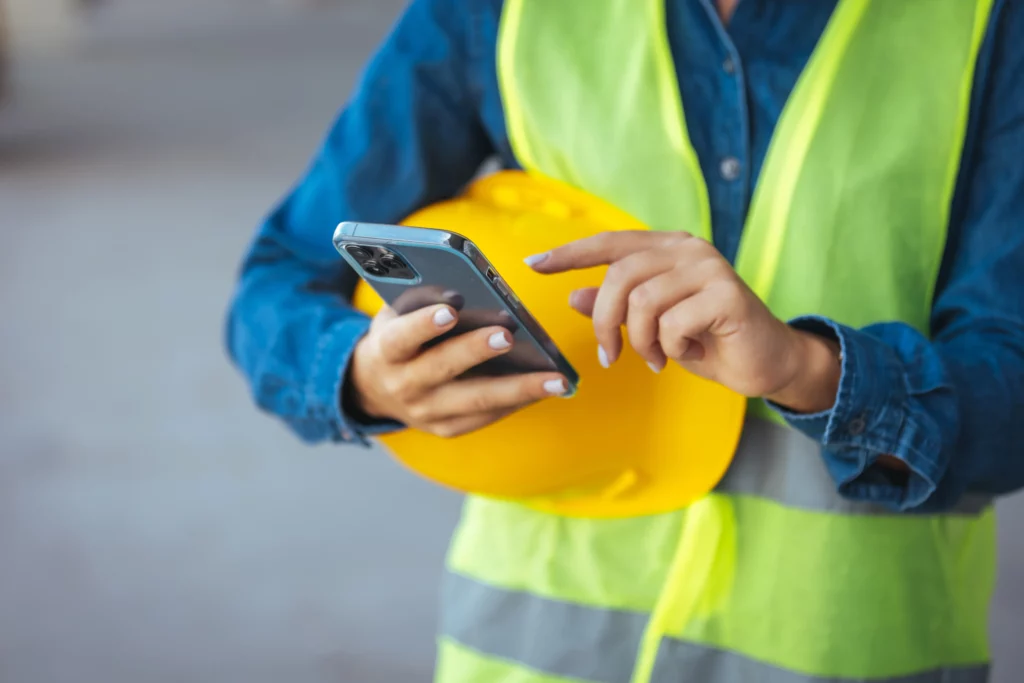No matter which industry you work in, completing your Health and Safety Risk Assessment is key to keeping you, your employees and your customers safe.
Ensuring that risk assessments have been carried out effectively can prevent a range of accidents and incidents from happening, from damage to machinery to life-threatening injuries.
We know that completing and updating your Health and Safety Risk Assessments can be a complex and time-consuming task, but that doesn’t take away from their importance to your business. To help you get started, here are the five key steps you should complete when carrying out any risk assessment for your workplace.
What is a Health and Safety Risk Assessment?
First, let’s clarify what a Health and Safety Risk Assessment is. A Health and Safety Risk Assessment is used to identify any existing or potential hazards that could appear during the day-to-day running of your business. Whether it’s controlling risks across your premises, or for a specific project, a Health and Safety Risk Assessments covers all general activity that could cause harm to people, their working environment, assets and even the quality of your products or services.
As referenced in the Management of Health and Safety at work regulations, it is a legal responsibility to identify these hazards, indicate how likely they are to happen, assess what the damage could be and then take appropriate steps to prevent or manage the hazard. Your risk assessment shouldn’t be a one-and-done exercise, either. As your business practices evolve, so will the potential hazards your team might encounter.
Using the right software to create and regularly update your risk assessments can help make this process easier, ensuring the safety of your employees, contractors and customers is taken care of. It’s not just a case of following the law; it’s about protecting the longevity of your business too.
What are the 5 steps to a Risk Assessment?
We know that every company’s Risk Assessment will look a bit different. A construction firm will likely encounter some different hazards to a restaurant, for example. That said, bodies like the Health and Safety Executive (HSE) in the UK advises all organisations to follow these five key steps when it comes to minimising and managing risks in the workplace:
- Identify any hazards
- Assess the risk
- Control the risks
- Record your findings
- Review your Risk Assessment
Step 1: Identify any hazards
Your first step is to consider all areas of your workplace and identify any potential hazards. The best way to do this is to physically walk around your office or place of work, preferably with your colleagues or employees. This ensures that particular areas aren’t missed and you can gain valuable insights from colleagues in other teams or departments.
Hazards might be physical, like lifting heavy goods or tripping on loose flooring. They could also be biological or chemical, for example cleaning products or hidden asbestos. Electrical or mechanical equipment pose more obvious potential hazards, but don’t forget about your people too. What psychological or ergonomic hazards might they be exposed to? Excessive workload, workplace bullying or even poorly designed workstations should also be considered. Looking at previous incident records can also be a good way to identify those less-obvious workplace hazards.
Step 2: Assess the risk
Once you have identified the potential risks, the next step is to determine who might be harmed and how seriously. Consider what interventions are already in place. Are you doing enough to mitigate any risks? Could you take steps to change or improve things? Don’t forget to consider who should be responsible for minimising these risks too.
Depending on the size and nature of your business, there could be a wide variety of people to consider when it comes to assessing risks. As well as your immediate team of employees, do you regularly interact with contractors or other self-employed workers? What about people who might visit your workplace or members of the public? Do any of your employees have a disability or is anyone on your team pregnant? Again, this is where consulting with your wider team is key to completing your Risk Assessment.
Step 3: Control the risk
Now that you have identified potential hazards and established the associated level of risk, the next stage of your risk assessment is to take action. While you can’t eliminate risk, the goal here is to create as safe an environment as you can and take reasonable steps to achieve this.
One way to do this is to compare your current processes with examples of best practices as outlined by HSE. You can also create your own Risk Assessment matrix to measure the severity and the likelihood of each risk.
Once you have identified the changes you can adopt to mitigate those risks, from redesigning a process to reducing exposure to certain materials with new safety equipment, pay attention to any risk trends that might emerge. Notify can help you identify these commonly occurring incidents more easily, helping you to adapt your Risk Assessment in real-time and keep your workplace safe.
Step 4: Record your findings
If your organisation has 5 or more employees, you have a legal obligation to make a record of your risk assessment findings, as well as any changes or new processes you have put in place as a result. Smaller organisations will also benefit from keeping track of any risk assessments that are carried out, as well as accidents and near-misses.
This documented proof is invaluable from a liability standpoint, but will also demonstrate to contractors, employees and potential new hires that you have a solid awareness and understanding of your workplace risks.
Keeping good Risk Assessment records also takes the stress out of dealing with future incidents and saves you time when it comes to reviewing your findings. Notify’s Risk Assessment Software makes this even easier by making your Risk Assessments shareable with relevant team members. They can also be updated and reshared, as soon as any new hazards are identified or when any new preventative measures are put in place.
Step 5: Review your Risk Assessment
Just as your business evolves over time, so should your health and safety risk assessments. Treat any risk assessment you carry out as a ‘live’ document, not something that you complete once and then lose sight of once it’s filed away or disappears in a drawer. As an employer, your company also has to take regular action to ensure your workplace practices are effectively protecting your people from hazards.
As well as updating your risk assessment documents whenever there is an accident or near-miss, you should also consider making adjustments to include any significant changes that have happened in your business. Changes such as new personnel, a new working environment, upgraded machinery or processes all need to be reflected in your risk assessments.
Remember: the best risk assessments are accessible and proactive. They should ultimately save you time, money and keep your people and your business safe from harm.
How Notify’s Risk Assessment Software can help you proactively manage risk
Creating and managing Risk Assessments can be time-consuming and complicated, particularly if you’re still using paper documents to keep your processes up to date. Notify’s Risk Assessment Software is designed to streamline your risk analysis processes, helping you better manage and reduce risk across your company.
With our digital solution, you can effortlessly create one-off or recurring Risk Assessments, assign Risk Assessments to team members and easily track any actions. You can also digitally sign off Risk Assessments, saving time whilst also supporting compliance with an auditable trail.
Our Risk Assessment dashboard gives you a complete overview of any potential risks across your organisation, giving you and your team the insight to proactively mitigate risk and protect your companies workforce now, and in the future. You can be confident you have implemented the right safety measures with Notify.
From construction and transport to manufacturing and entertainment, Notify partners with companies across a wide range of sectors to provide digital Health and Safety solutions. Book your free, no-obligation demo today and see how Notify can help to empower your teams, cement a positive safety culture and make a positive difference to the safety, health and well-being of your workplace.

































